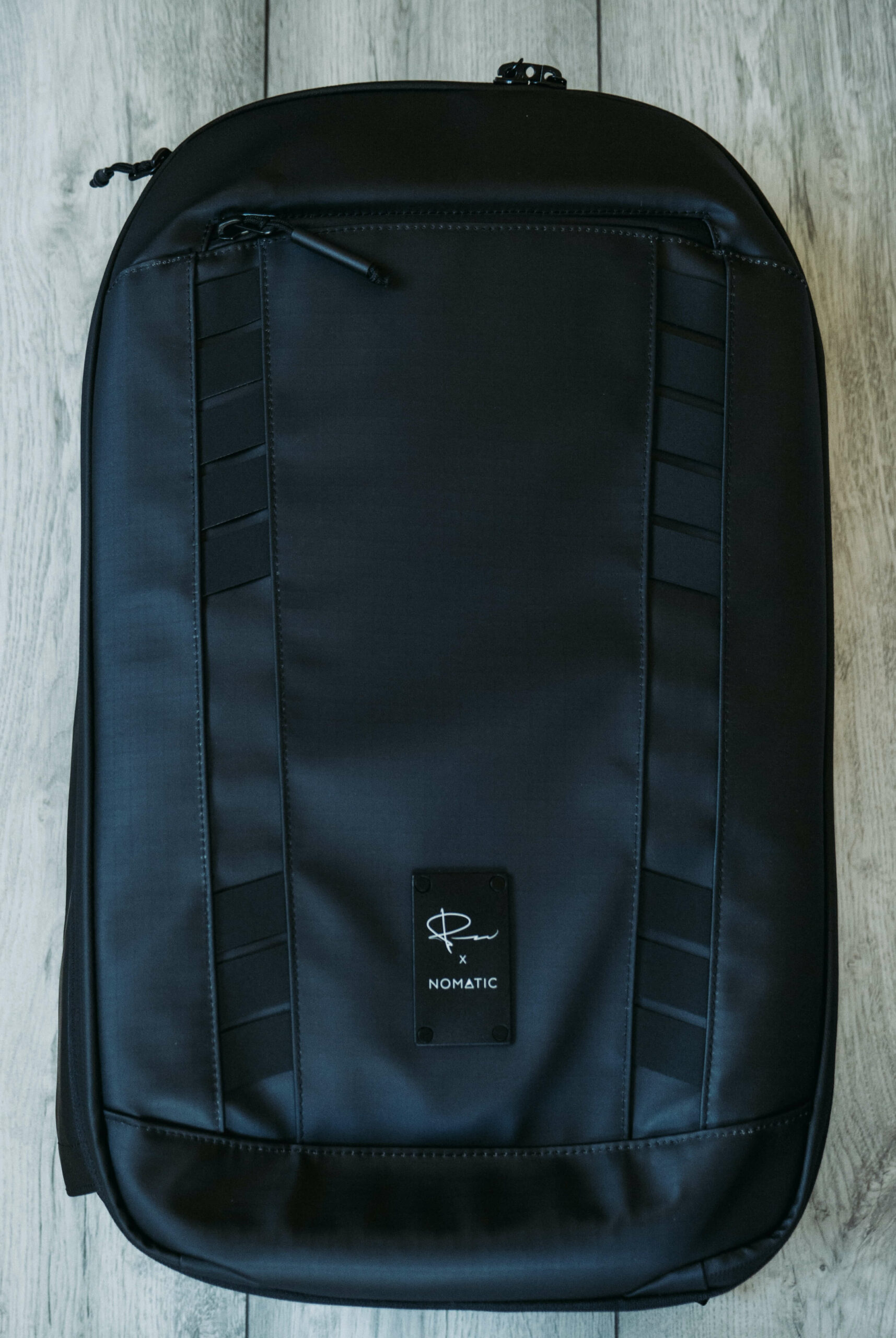Unlocking the accessories market:


What to think about when entering the industry of accessories
When entering the Accessories industry, certain components need to be considered. This includes identifying the target audience and understanding their needs, preferences, and their purchasing habits.
Furthermore, each country has its own regulations and requirements for importing and exporting products. Swedish accessories product brands may need to comply with various regulations related to import duties, taxes, and customs procedures. Failing to comply with these regulations can result in fines, delays, and even product seizures.
Cultural differences can also pose a challenge for Swedish accessories product brands. Different markets may have different cultural expectations related to shipping, packaging, and customer service. Brands must understand these cultural differences and adapt their logistics operations accordingly to ensure that they provide a positive customer experience.
Shipping and delivery times can vary significantly depending on the destination country and the shipping method used. Brands may need to work with logistics providers that have experience shipping to the new market to ensure that their products arrive in a timely manner.
Shipping costs can be a significant challenge for Swedish accessories product brands. International shipping can be expensive, especially when shipping products in large quantities. Brands may need to negotiate shipping rates or consider alternative shipping methods to reduce costs.
Boost delivery times for your accessories brand
Our company is proud to be at the forefront of assisting accessories brands to grow rapidly on a global scale. Our team has a wealth of knowledge and expertise in this field and we are always looking for new and innovative ways to help our clients expand their reach.
We have also been successful in testing new markets in Germany, UK, US, and even further afield in places like Canada, Mexico and Australia. We believe that our success is down to our client-focused approach, and we are always willing to go above and beyond to ensure that our clients achieve their goals.
If you’re interested in learning more about our work, we invite you to check out our client case studies.

